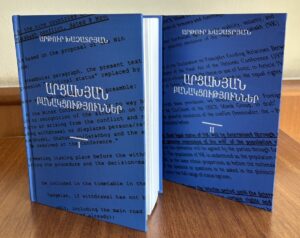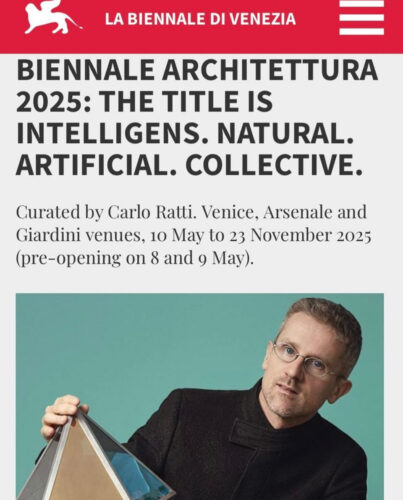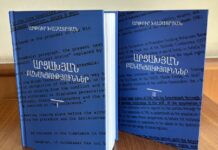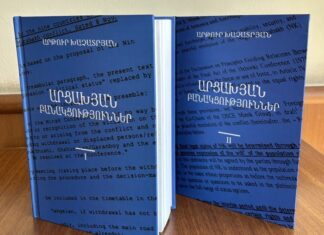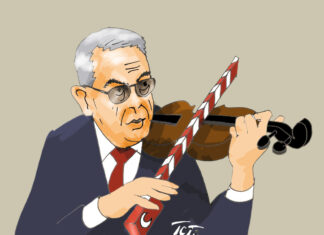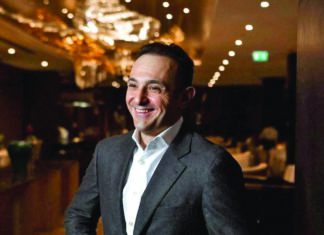BOSTON/VENICE — Boston-based multidisciplinary artist and designer Tina Chakarian has been a groundbreaking force with her curatorial vision. With her 30-plus years of experience in the professional art world, Chakarian’s initiatives have centered themselves around showcasing Armenian culture globally and promoting the voice of Armenian art and design in international dialogue.
One such effort has also been her dedication to elevating the place of Armenian artists at the Venice Biennale, the most prestigious art and cultural event in the world. Chakarian took over as the development director for the Armenian Pavilion at the Venice Biennale in 2018. She worked to raise funds for the exhibit, created a jury for selection, oversaw installations and coordinated events and press conferences.
This year, Chakarian not only serves as the development director and curator of the Armenian National Pavilion at the 19th International Architecture Biennale, but also is establishing an endowment to help secure Armenia’s place at all future Venice Biennales.
One of the defining features of the Venice Biennale is the “National Pavilions” where each country is given the space to exhibit their own artists’ works around that year’s given theme. At this year’s Architectural Biennale — which occurs on odd-numbered years — Armenian artists will be presenting their own unique concepts and projects around the theme of “Intelligens. Natural. Artificial. Collective.” This theme was set by architect, designer and academic, Prof. Carlo Ratti who was appointed as the curator for 2025. Chakarian’s Armenian Pavilion will run from May 10, 2025 through November 23, 2025. She has already received many submissions for jury selection.
Chakarian’s curatorial conception on the theme leverages Armenia’s growing efforts in creating diverse forms of collective knowledge through more sustainable and resiliently-built environments. Through her efforts, this pavilion will demonstrate how Armenian artists and architects can address this discourse through their own experiences and through the work they have already been doing both in the Republic of Armenia and across the Diaspora.
Chakarian’s practice as an artistic director already predated this set theme. From the time she lived in Armenia and beyond, she built relationships with local artists by cultivating their work and directing them in ways that would help focus their strengths towards not just the Biennale but the growth of Armenian art on a global scale. At the same time, Chakarian’s work with Armenians of the Diaspora acknowledges their own unique and collective cultural experiences. In many ways, Chakarian’s efforts represent constructive and forward-thinking manners in which the Republic and the Diaspora can find ways to work together for the future of Armenians.
